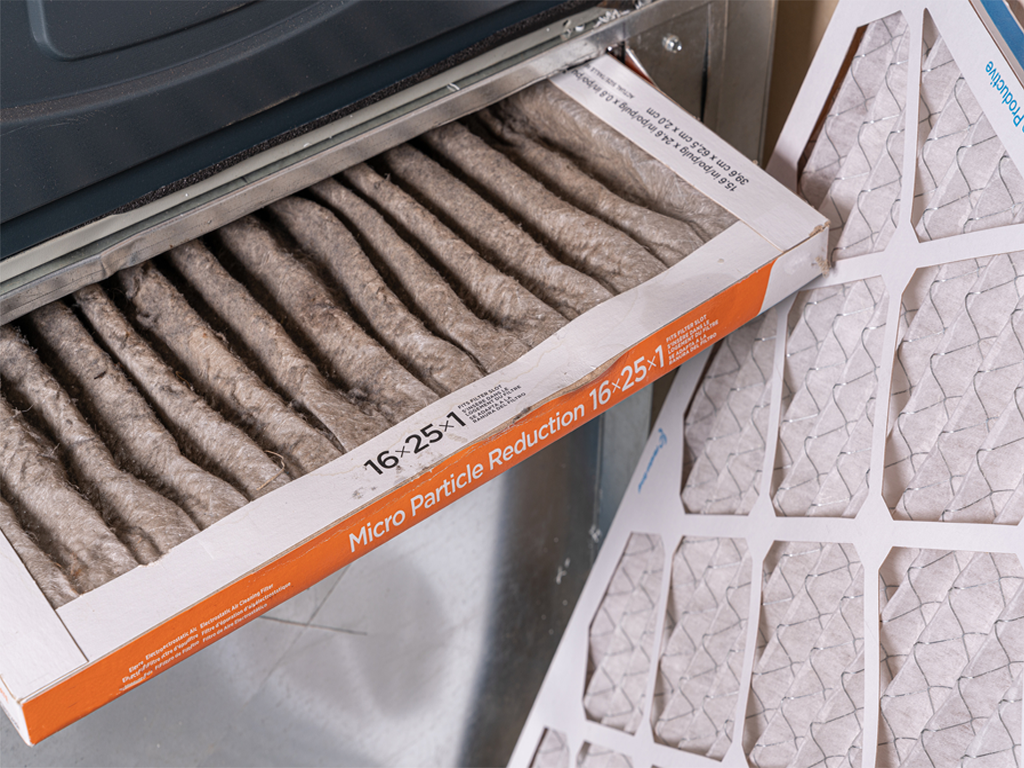Nearly every type of purifier requires some maintenance and repair, whether filter replacement, cell replacement, or cleaning.
With the increase in wildfires and COVID variants, air quality has become an essential issue for many households and businesses. One way to improve indoor air quality involves the use of an air purifier; however, air purifiers must be regularly maintained to ensure their full range of benefits.
Benefits of Regular Maintenance
1. Extends Air Purifier Life
The average lifespan of an air purifier is 2 to 5 years. However, this number can vary based on usage, environmental conditions, and rate of servicing. For instance, an overloaded filter may unduly strain a purifier’s motor. Maintenance, thus, is a pivotal part of reducing costs by extending your purifier’s lifespan. In fact, most warranties require that users follow the maintenance schedule provided in the user manual to remain valid.
2. Improves Air Quality
Perhaps the most intuitive benefit of regular maintenance is that it ensures the efficacy of your purifier. An uncleaned electrostatic plate or overloaded filter is eventually going to reach the limits of what it can catch. Similarly, purifiers that rely on UV bulbs won’t work if that bulb has burned out.
3. Prevents Growth of Mold and Bacteria
Air purifiers, if not cleaned regularly, can become a breeding ground for bacteria and mold. (While devices with ActivePure® Technology have been proven effective against bacteria and mold/mildew, not every purifier is so endowed.) Contaminated devices can spread these particles — doing more harm than good. Regular cleaning and maintenance can help prevent the growth of mold and bacteria, ensuring that you are providing your space with the highest quality of protection without contributing to the spread of contaminants.
How Often Should You Maintain Your Purifier?
Air purifier maintenance schedules may vary widely depending on how often your purifier is used and the room’s level of contamination. One pro tip we suggest is that you keep a log of your maintenance requirements and future servicing dates. However, the most relevant factor in estimating maintenance schedules is the type of purification technology being used:
HEPA: HEPA filters can easily become clogged with debris over time, which reduces their efficiency. The clogged filter can even begin to “discharge airborne contaminants that have been trapped on the filter’s surface.” Thus, you should change a HEPA filter every 6 months. In some scenarios, they may be able to last for up to a year.
Activated Carbon: Activated carbon filters should be replaced approximately every 6 months. However, you may temporarily “refresh” the odor adsorption ability of activated carbon filters by removing the filter from the unit, wiping the dust from its surface using a dry cloth, and exposing it to direct sunlight for 2-3 hours every 15 days.
UV: Purifiers that are equipped with UV bulbs need to be replaced every 5,000 to 9,000 hours — or approximately every 7 to 12 months if operated continuously.
| Type of Purifier | True HEPA | UV Light | ActivePure | Activated Carbon |
|---|---|---|---|---|
| Type of Maintenance | Filter Replacement | Bulb Replacement | Cell Replacement | Filter Replacement |
| Times Per Year | 1-2 | 0-2 | 1 | 2-3 |
A chart of several technologies’ maintenance schedules. Please be advised that this frequency may vary due to brand, environment, and use.
ActivePure: If you want a low-maintenance device that provides a multitude of, look no further than ActivePure® Technology. ActivePure cells last a full 12 months under most operating conditions.
Not only do devices with ActivePure Technology® provide air cleaning, but they also purify surfaces to proactively reduce contaminants across your indoor environment. Devices with ActivePure Technology® have been proven against a wide variety of contaminants — including pathogens, bacteria, viruses, fungi, and VOC gases.
ActivePure devices can be serviced by your own in-house personnel in a matter of minutes. When it comes to achieving your indoor air quality goals, save your business both time and money by contacting ActivePure today.



